Sattvic Foods
Himalayan Rye Grains | Rich in Dietary Fibre
Couldn't load pickup availability
- Free sample is a single serving (3-10 g) for trial
- Get a free sample for every Rs. 500 of purchase
- Add a product other than items being purchased
- Free Sample must be added before Checkout
Also known as rye berries, rye (Secale cereale) is a grass grown extensively as a grain, a cover crop, and a forage crop and is a member of the wheat tribe. Rye has gained worldwide popularity due to its distinctive flavour. Its ability to withstand cold weather conditions better than other grains has ensured that it remains a staple in Eastern European countries and Scandinavia. It is rich in dietary fibre and iron and is a nutritious source of antioxidants and nutrients. Rye is not gluten-free but contains less gluten than wheat.
Click here if you're interested in Rye flour
- We only use rye grains grown organically by independent farmers in the Himalayan Mountains near Kullu, Himachal Pradesh, thus guaranteeing superior freshness and flavour.
Check out this article on rye flour.
A popular grain and staple in Eastern Europe, it grows just as easily in our Himalayas. Our Rye is farmed at altitudes as high as 4,400 meters. This magical grain grows in much poorer soils than those necessary for most cereal grains and is hence grown organically by default. Rye plant also has superior tolerance to cold than most other grains.
How to cook Rye grains?
Soak (Optional): Soaking rye grains overnight in water can reduce cooking time and make the grains easier to digest.
Boiling: Add the rinsed rye grains to a pot of water. Use about 3 cups of water for every 1 cup of rye grains. Bring the water to a boil, then reduce the heat to low, cover the pot, and let it simmer.
Cooking Time: Rye grains typically take 50-60 minutes to cook until tender. If pre-soaked, the cooking time can be reduced to around 30-40 minutes.
- Add to salads for a chewy, nutty texture.
- Mix into soups and stews for added bulk and flavour.
- Serve as a side dish, similar to rice or quinoa.
- Make rye porridge.
- Rich source of Vitamin B: Rye is a great way to incorporate vitamins into your body. Being rich in Vitamin B which is vitamin B1, B3, and B6, it can help with lover and nervous system health, support the immune system and keep energy levels up.
- Digestion Health: Rye can help your digestive system to function more effectively. As a whole grain product, rye reduces the levels of chemicals called metabolites, which means food will move more efficiently through the digestive tract.
- High Dietary Fibre: Rye’s dietary fibre content is the highest among common cereals. Rye bread contains about three times more fibre than white wheat bread.
Rye grains are the seeds of the rye plant (Secale cereale), a type of cereal grain that is closely related to wheat and barley. They are known for their robust, earthy flavour and are commonly used in bread making.
2. What is the nutritional content of rye grains?
Rye grains are rich in dietary fibre, particularly soluble fibre, and contain essential nutrients like manganese, phosphorus, magnesium, protein, and B vitamins. They also have antioxidant properties and are a good source of selenium.
3. Are rye grains gluten-free?
No, rye grains are not gluten-free. However, they contain less gluten than wheat.
4. How do rye grains compare to wheat grains?
Rye grains have a denser texture and a more robust flavour compared to wheat. Nutritionally, rye is higher in fibre and has a lower glycemic index, making it a healthier option for blood sugar control.
5. What are the health benefits of consuming rye grains?
Rye grains are beneficial for heart health due to their high fibre content, which can help reduce cholesterol levels. They also support digestive health, aid in blood sugar regulation, and may contribute to weight management by promoting feelings of fullness.
6. How can rye grains be used in cooking?
Rye grains can be used in various ways, including grinding into flour for baking, cooking as a whole grain in salads or side dishes, or fermenting to make traditional beverages. They can also be used in porridge or as a hearty addition to soups.
7. How to cook Rye grains?
Soak (Optional): Soaking rye grains overnight in water can reduce cooking time and make the grains easier to digest.
Boiling: Add the rinsed rye grains to a pot of water. Use about 3 cups of water for every 1 cup of rye grains. Bring the water to a boil, then reduce the heat to low, cover the pot, and let it simmer.
Cooking Time: Rye grains typically take 50-60 minutes to cook until tender. If pre-soaked, the cooking time can be reduced to around 30-40 minutes.
8. What is the difference between whole rye grains and rye berries?
Whole rye grains and rye berries are essentially the same; both refer to the unprocessed seeds of the rye plant. The term "rye berries" is often used to distinguish the whole grain from the processed forms, like flour.
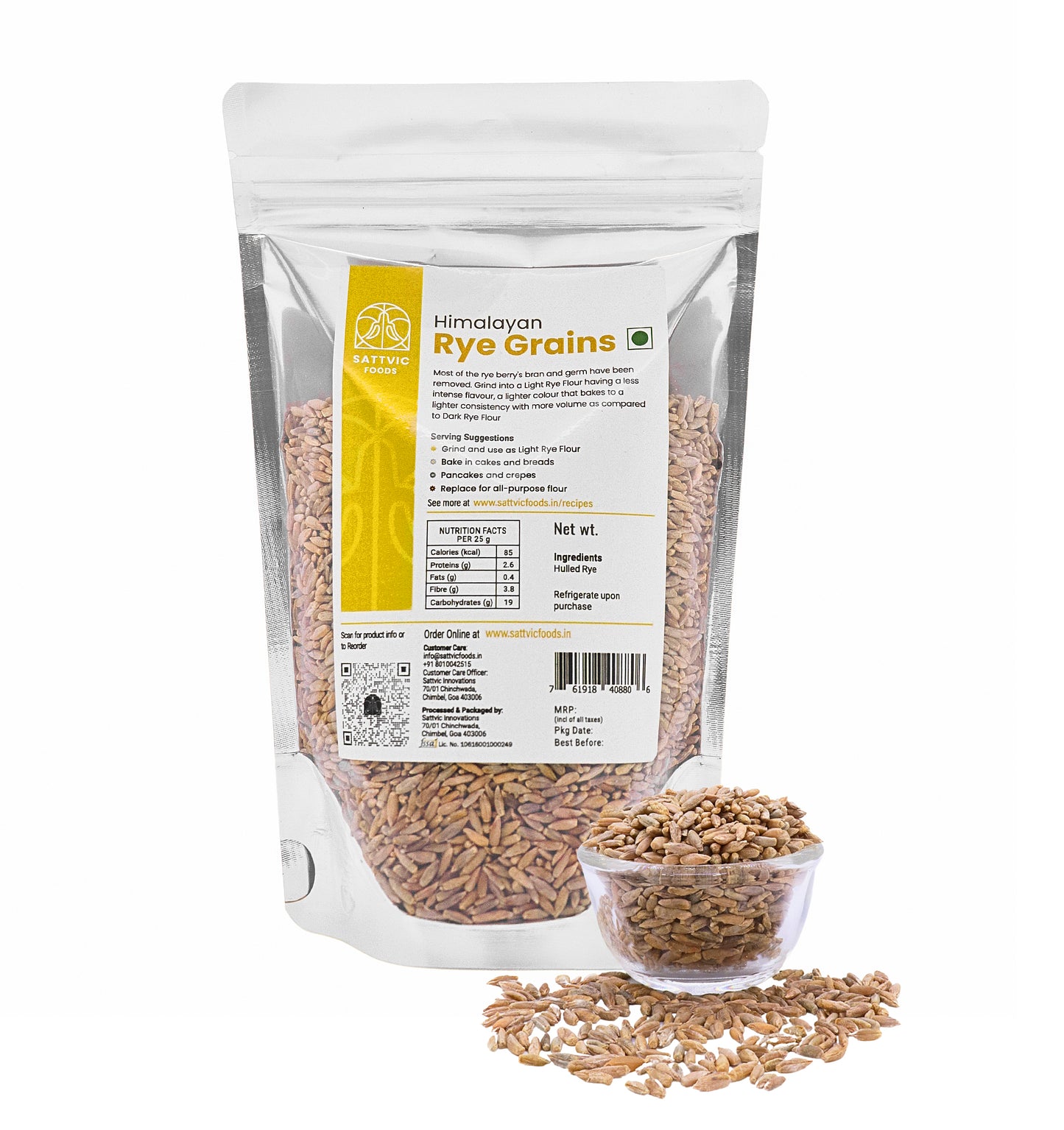
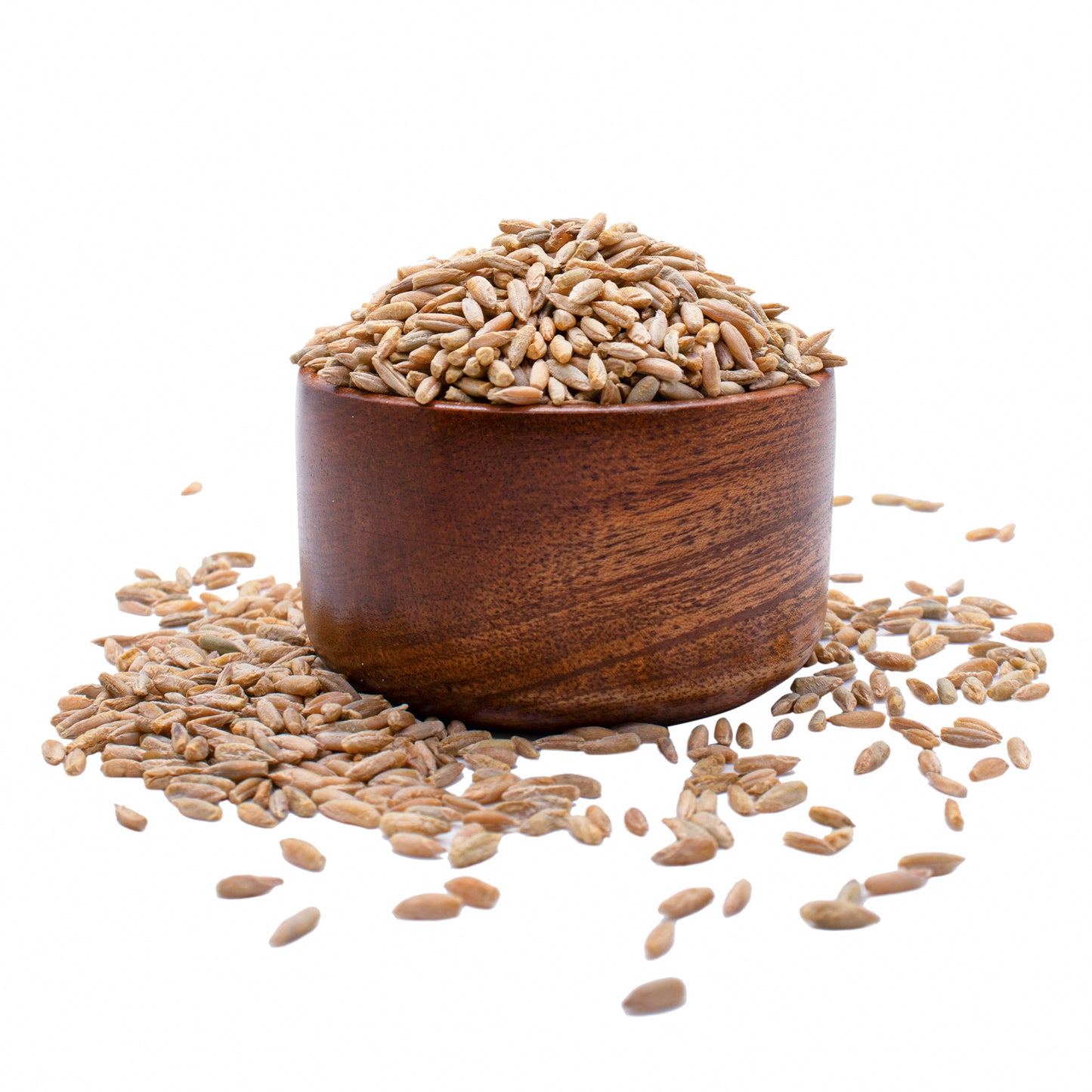
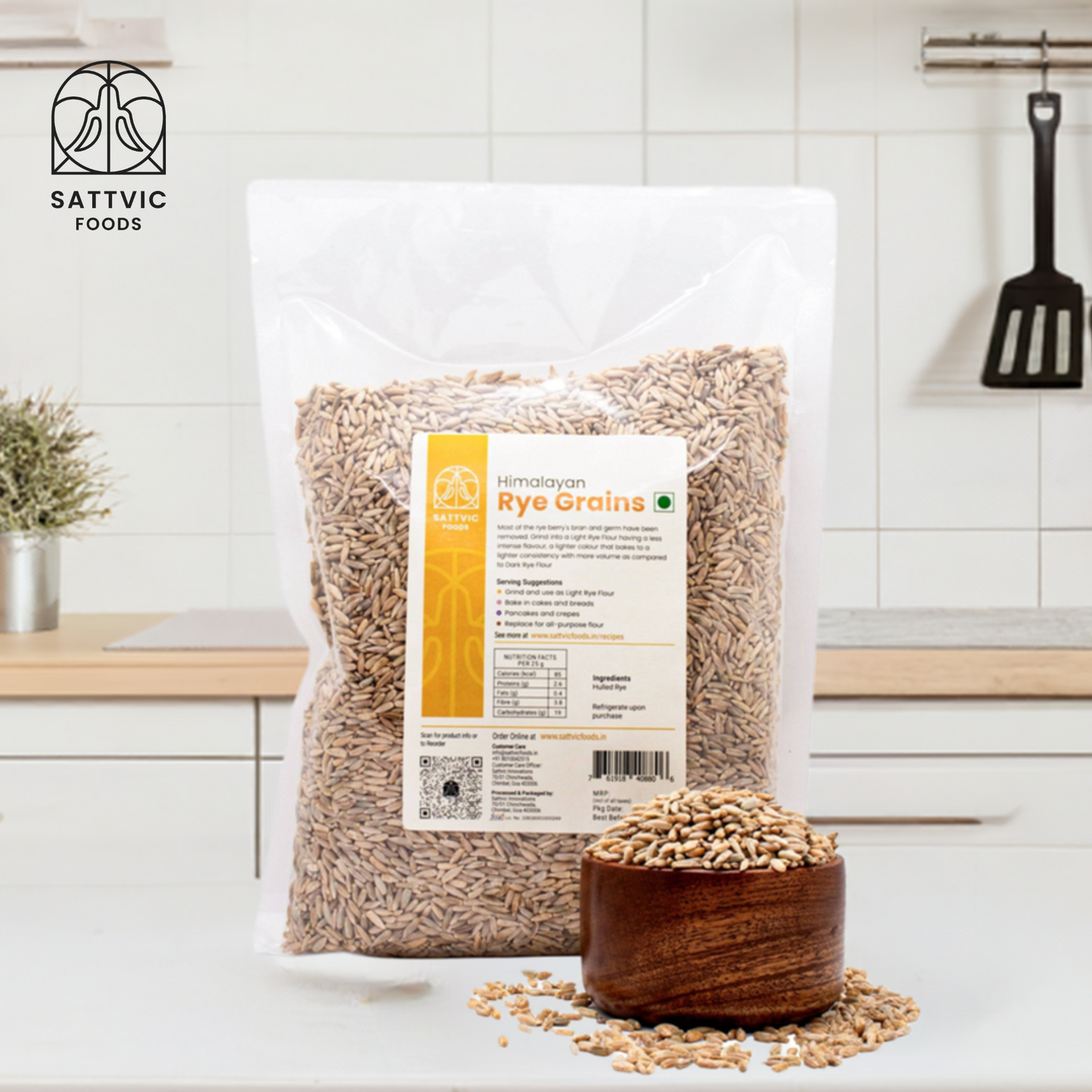
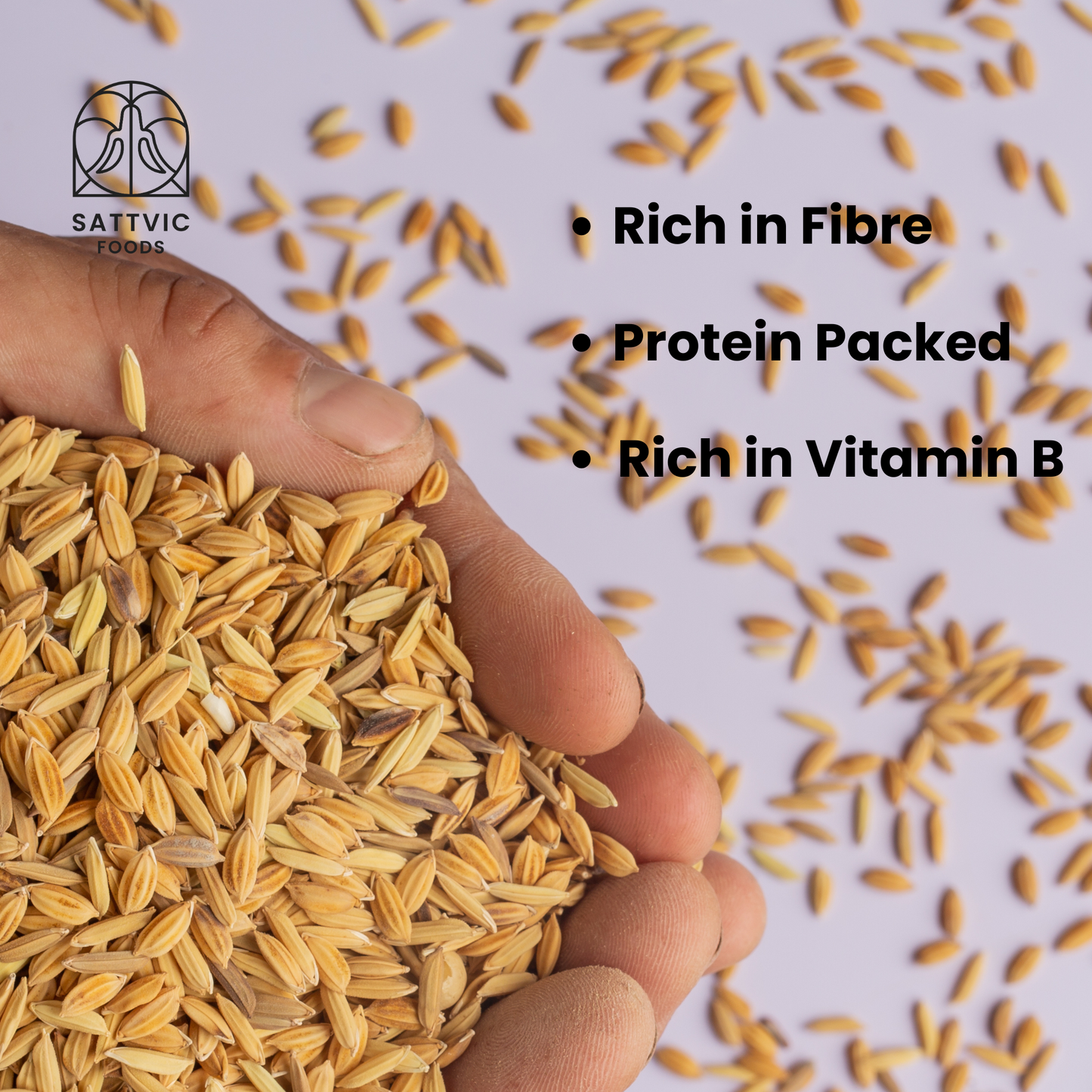
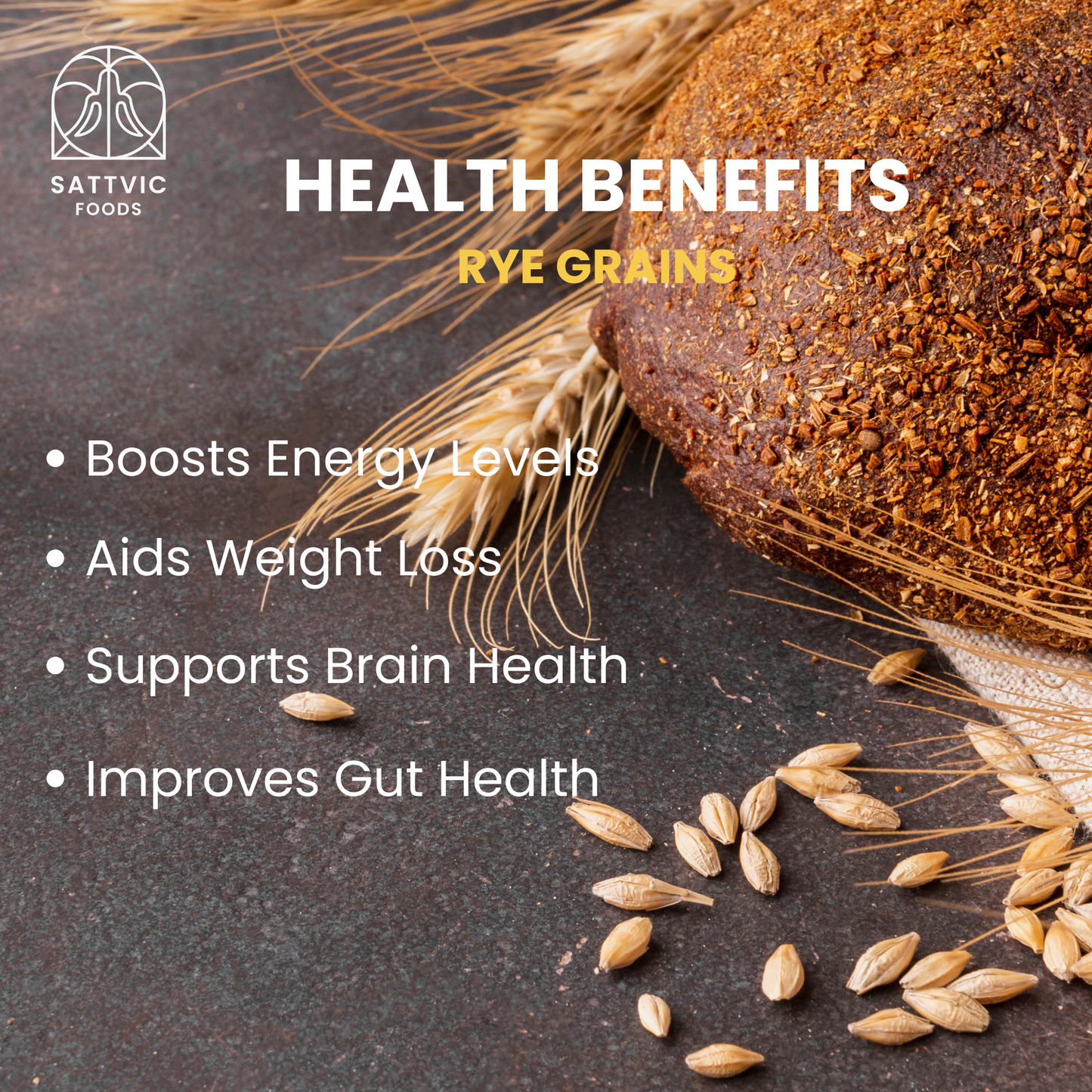
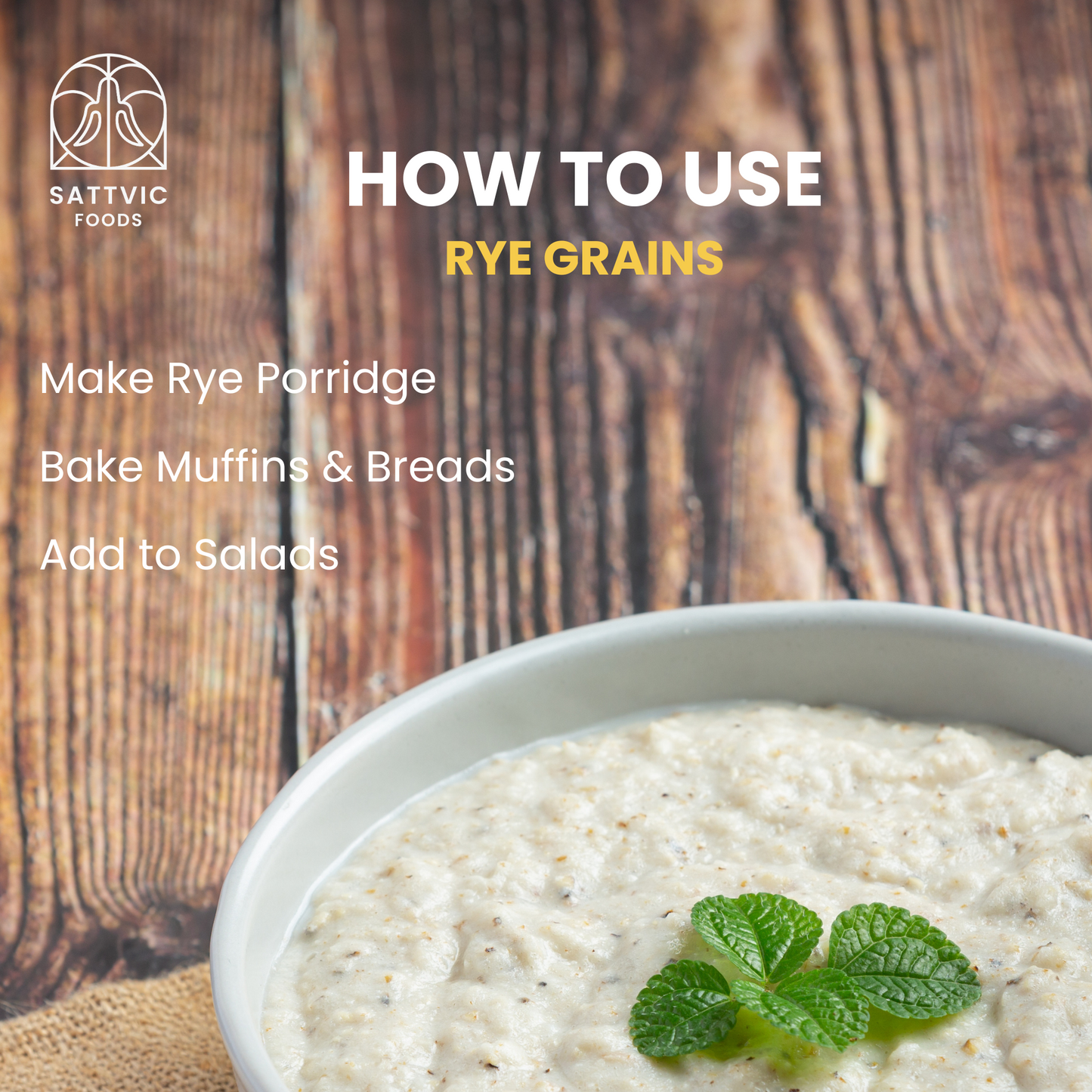
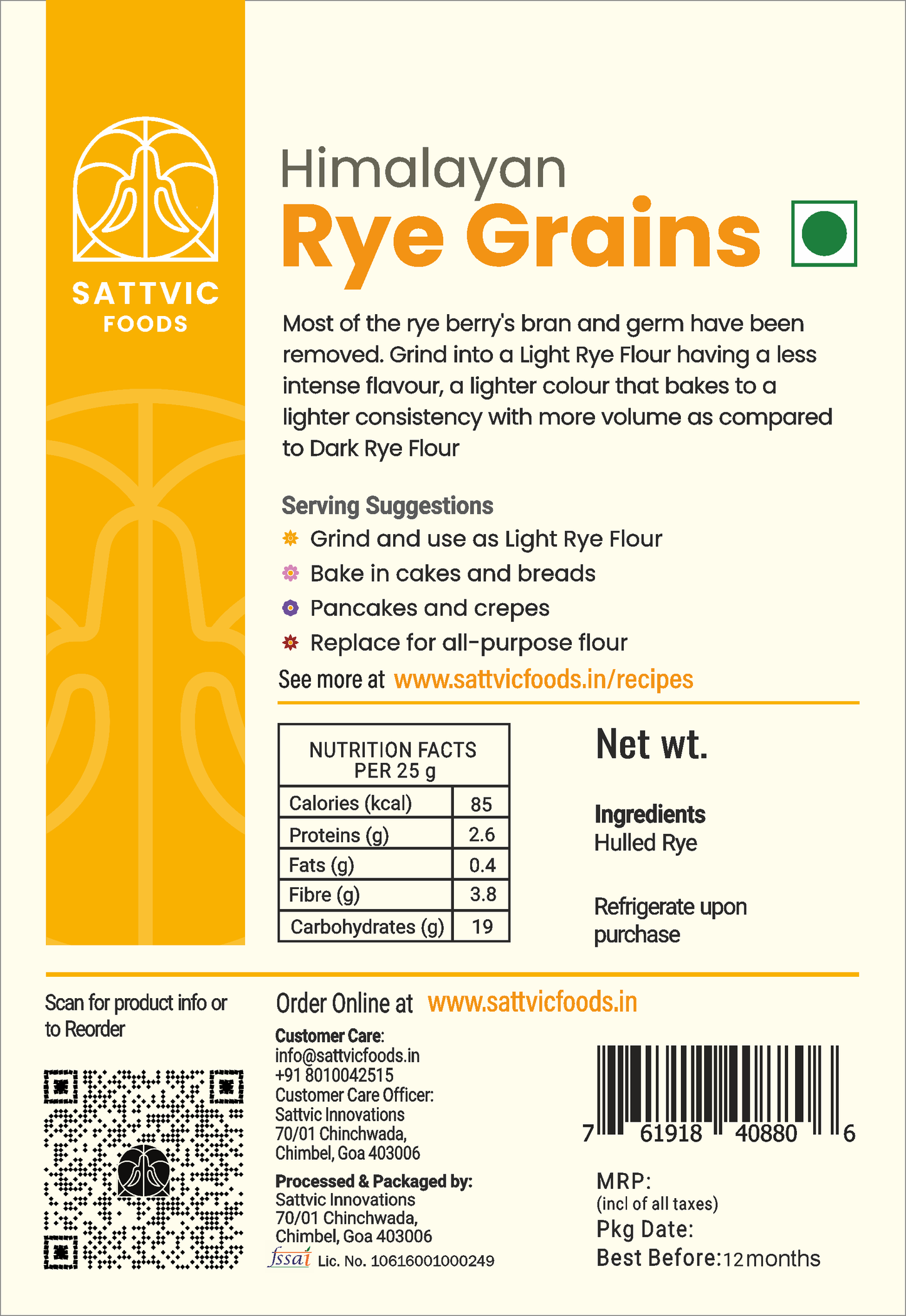
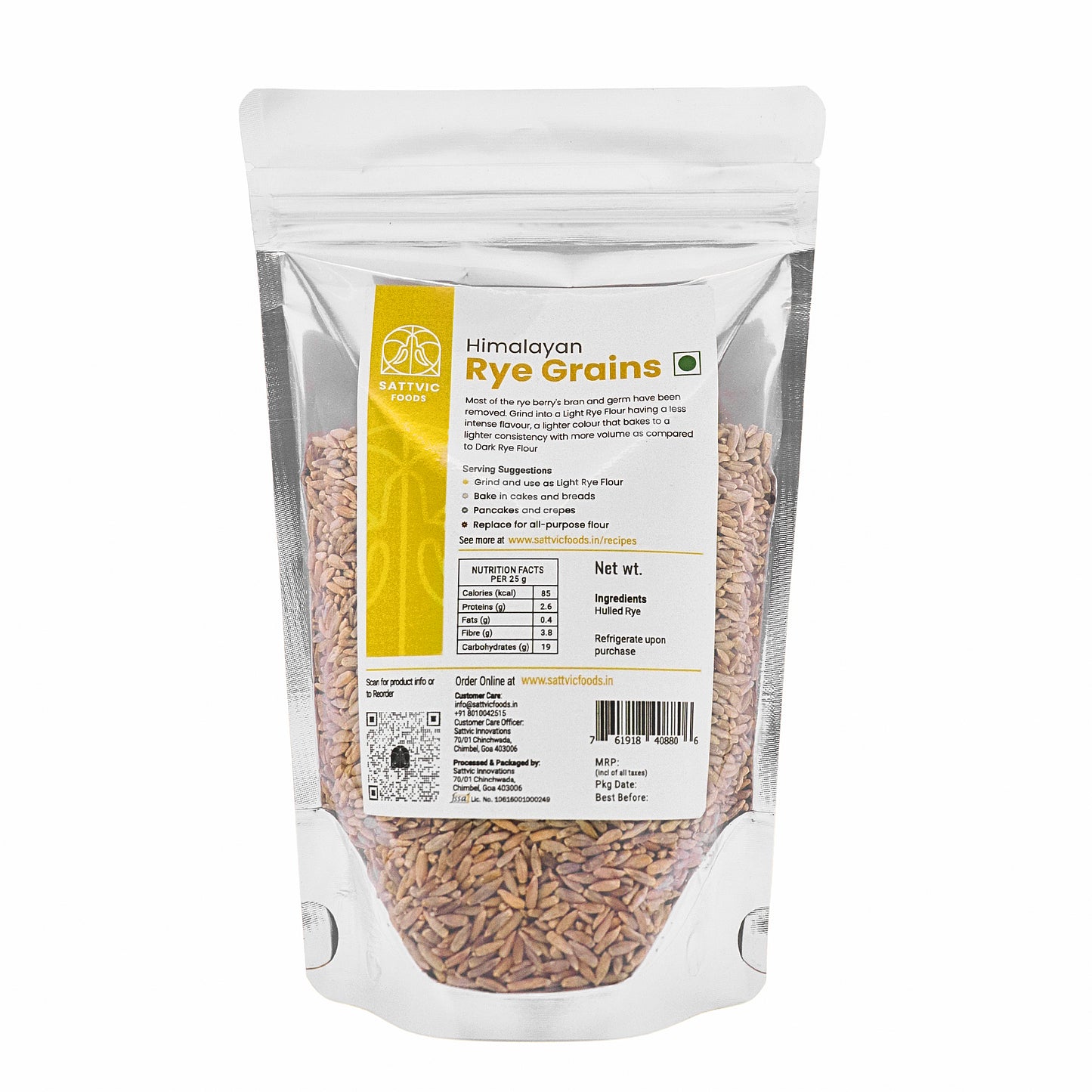
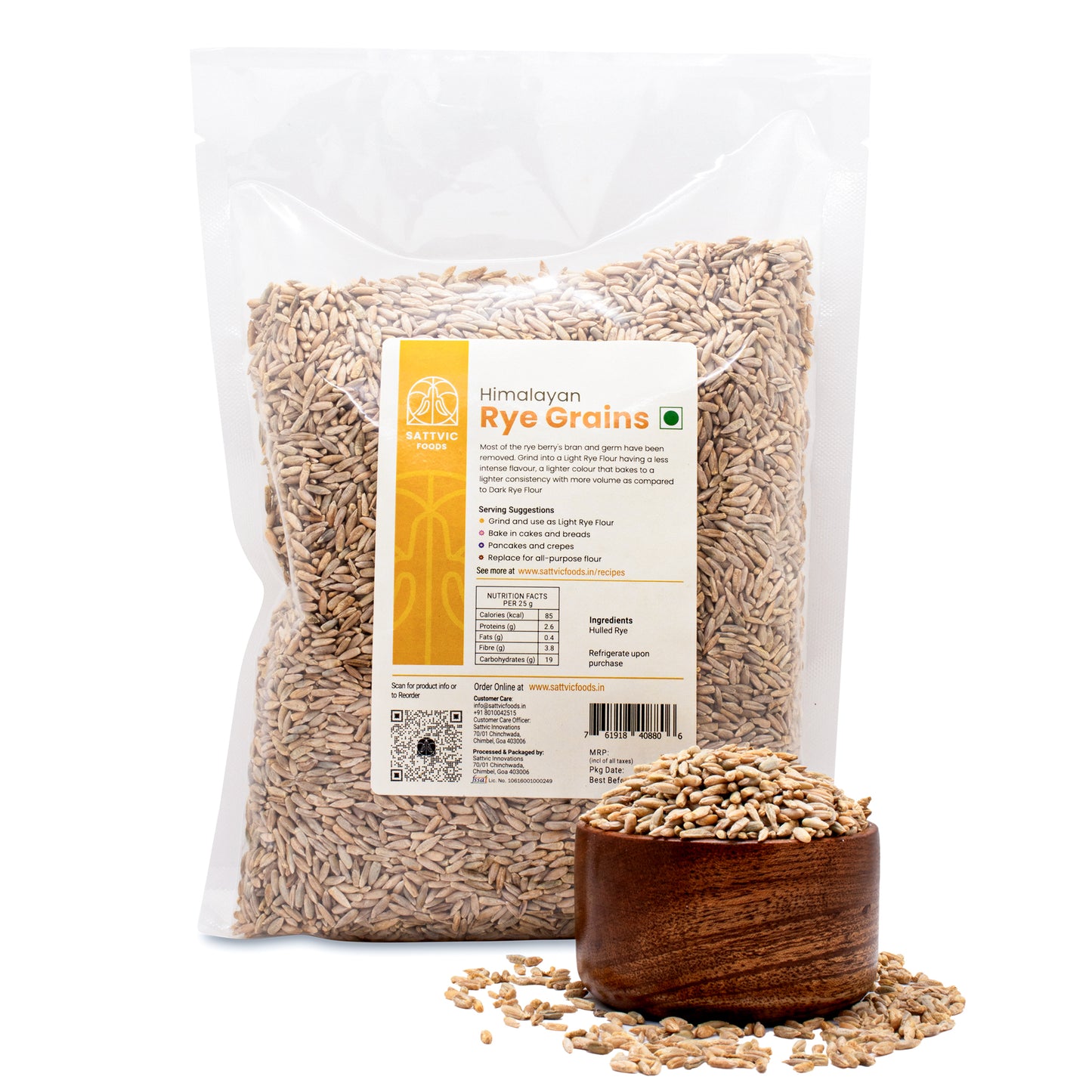
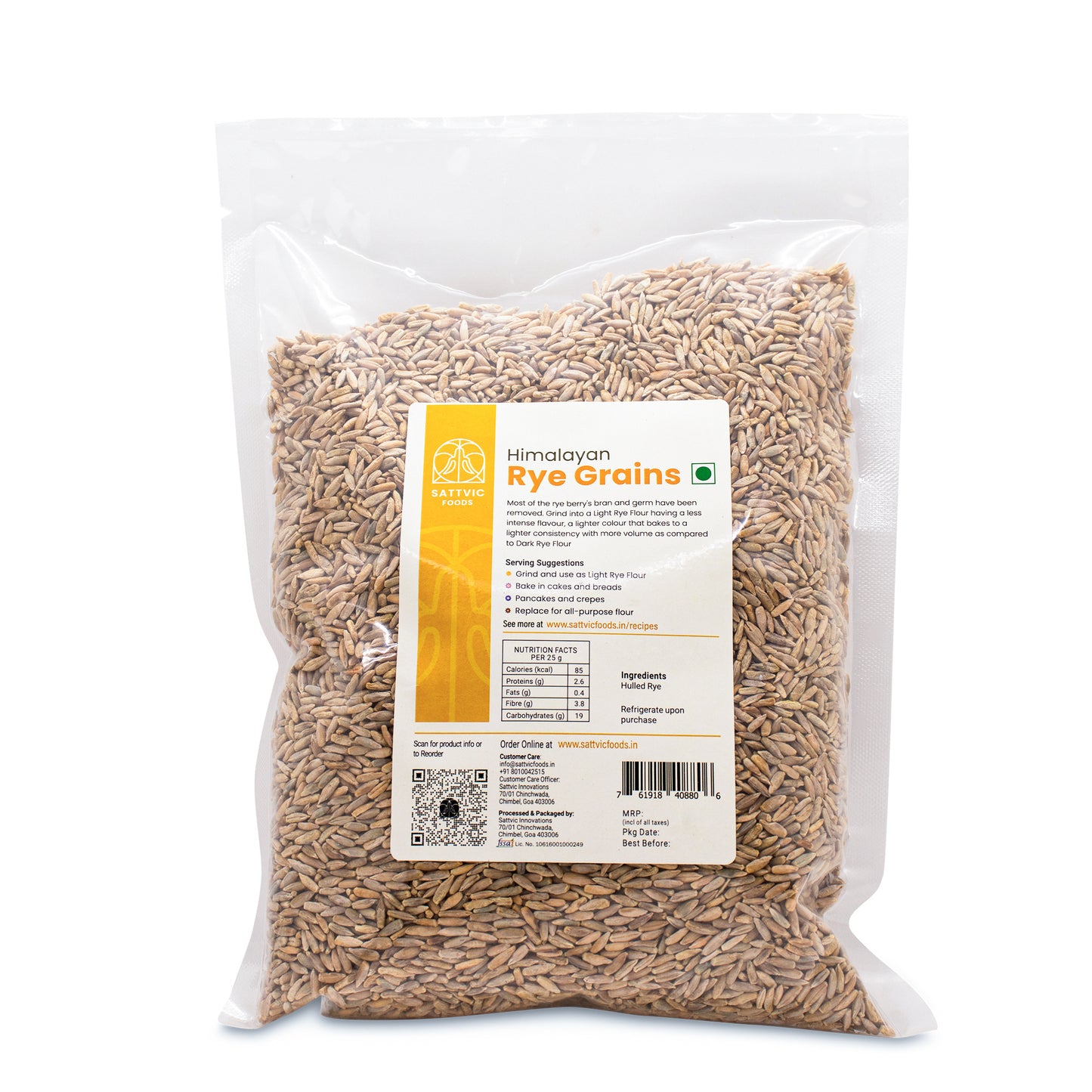
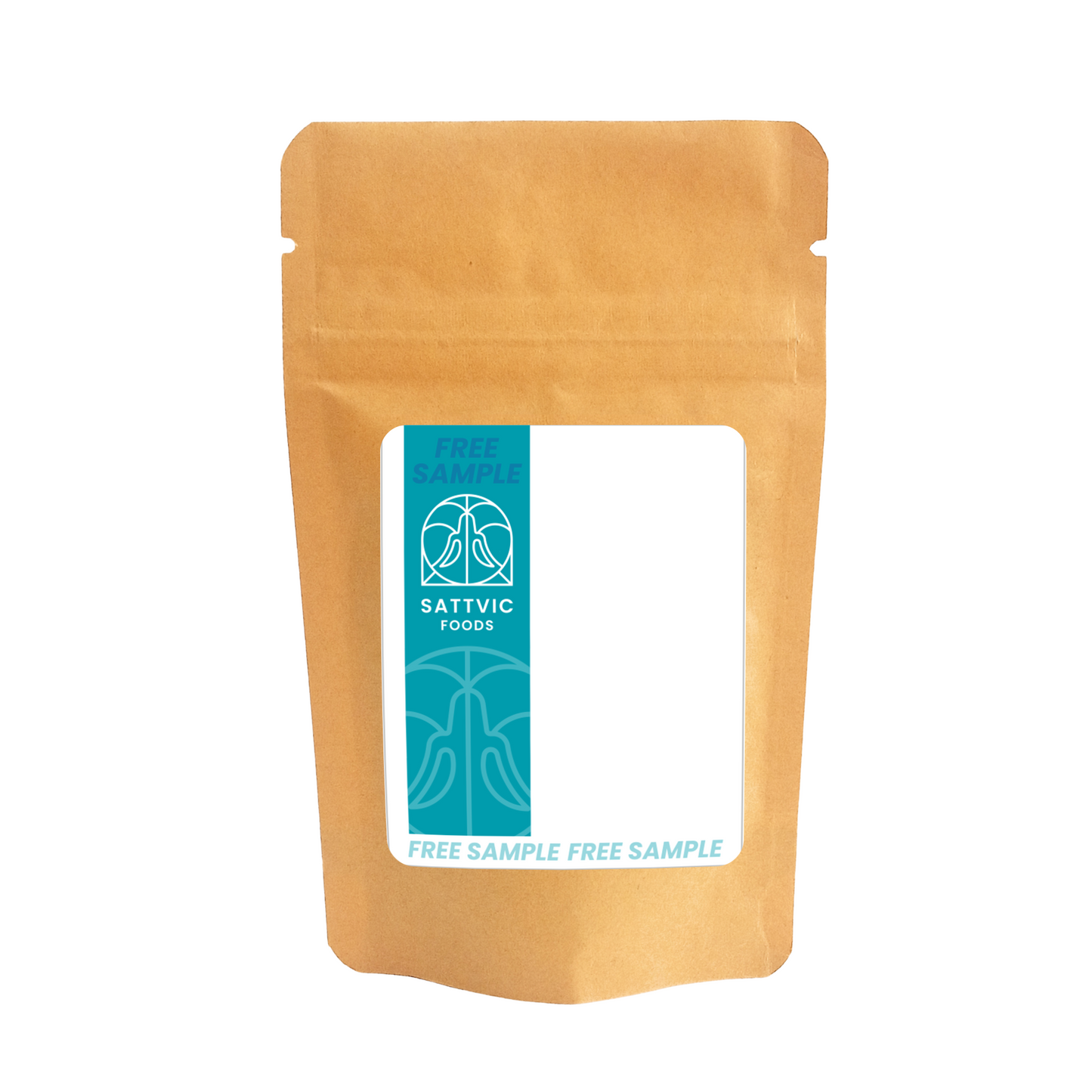
Trusted delivery protection for all your orders
Nice quality. Great taste. Easy to cook and combine with different vegetables, even salads.
happy with the quality. mush love. 🍄🟫
Nice rye grain and nice service
beautiful nutty rye











